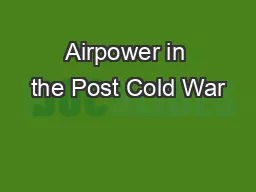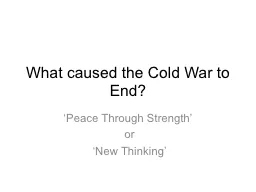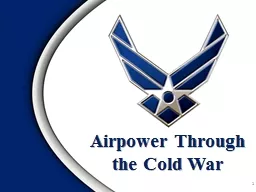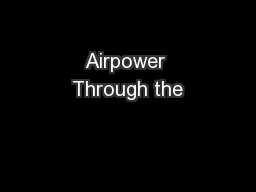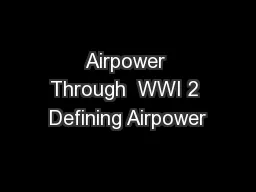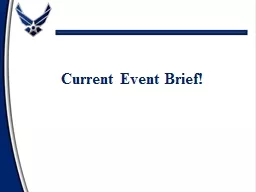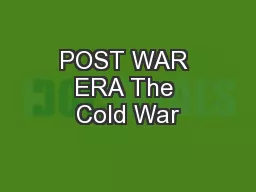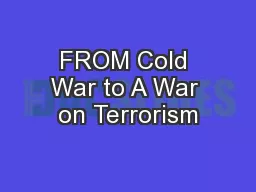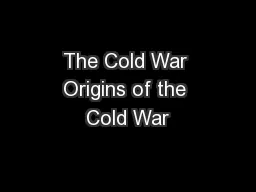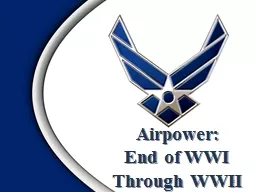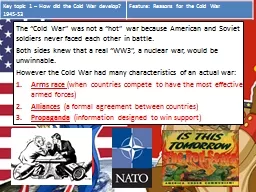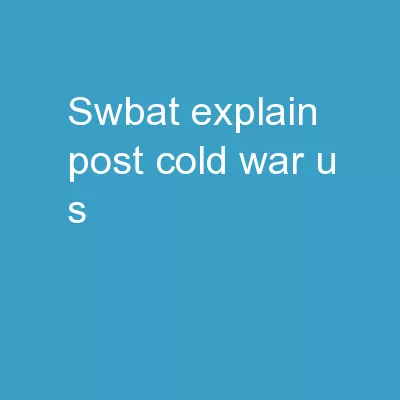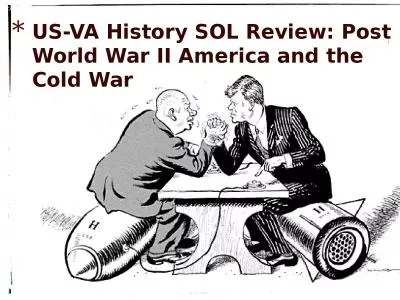PPT-Airpower in the Post Cold War
Author : myesha-ticknor | Published Date : 2017-05-09
1 Gulf War Background The Enemy The Plan of Attack Objectives Concept of Operations Five Strategic Rings Targets Phases of the Campaign Operations PROVIDE COMFORTNORTHERN
Presentation Embed Code
Download Presentation
Download Presentation The PPT/PDF document "Airpower in the Post Cold War" is the property of its rightful owner. Permission is granted to download and print the materials on this website for personal, non-commercial use only, and to display it on your personal computer provided you do not modify the materials and that you retain all copyright notices contained in the materials. By downloading content from our website, you accept the terms of this agreement.
Airpower in the Post Cold War: Transcript
Download Rules Of Document
"Airpower in the Post Cold War"The content belongs to its owner. You may download and print it for personal use, without modification, and keep all copyright notices. By downloading, you agree to these terms.
Related Documents

